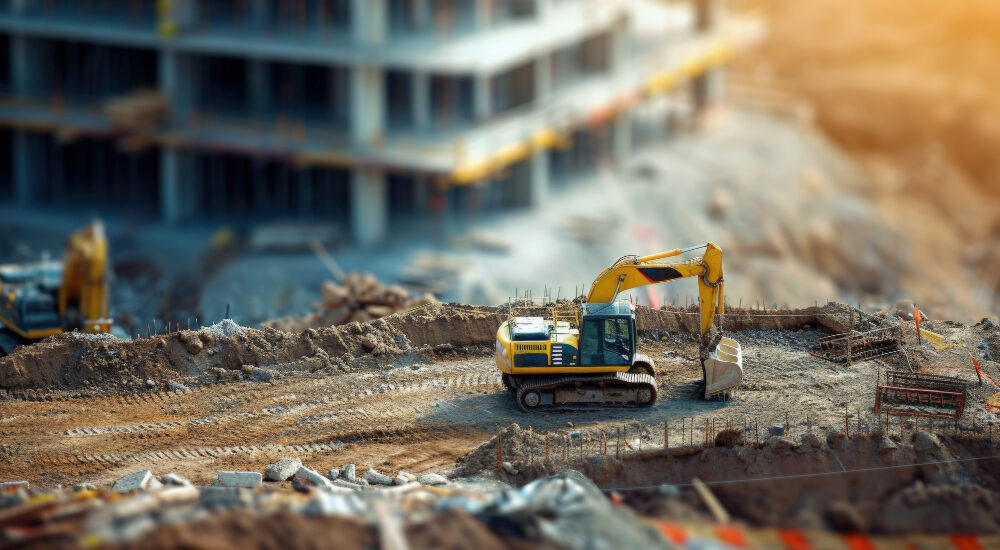As the world grapples with the challenges of climate change, environmental degradation, and resource depletion, the construction industry is under increasing pressure to adopt sustainable practices that minimize its impact on the planet. The built environment is responsible for a significant portion of global greenhouse gas emissions, energy consumption, and waste generation, making sustainability in construction a critical imperative.
At Mosiland Engineering Limited we’re committed to reducing our environmental footprint and promoting sustainable construction practices that benefit both our clients and the planet. In this blog, we’ll explore the importance of sustainability in construction, highlight the benefits of going green, and share our top best practices for a greener future.
Why Sustainability in Construction Matters
The construction industry is a significant contributor to environmental degradation, accounting for:
- 39% of global energy consumption
- 30% of global greenhouse gas emissions
- 40% of global waste generation
- 12% of global water consumption
The environmental impact of construction is staggering, and it’s essential that we take action to reduce our footprint. Sustainability in construction is not only a moral obligation but also a business imperative. Green buildings and infrastructure can:
- Reduce energy and water consumption, leading to cost savings
- Increase property values and attract tenants
- Enhance brand reputation and improve stakeholder trust
- Support regulatory compliance and reduce the risk of environmental liabilities
Best Practices for Sustainable Construction
- Integrate Sustainable Design Principles
Incorporate sustainable design principles into your project from the outset. This includes optimizing building orientation, using natural light and ventilation, and selecting materials with low embodied energy.
- Choose Sustainable Materials
Specify materials with low environmental impact, such as:
- Recycled and recyclable materials
- Locally sourced materials to reduce transportation emissions
- Materials with low embodied energy, such as low-carbon concrete
- Materials that promote indoor air quality, such as low-VOC paints
- Optimize Energy Efficiency
Design buildings that maximize energy efficiency through:
- High-performance insulation and glazing
- Energy-efficient HVAC and lighting systems
- On-site renewable energy generation, such as solar or wind power
- Energy monitoring and management systems
- Conserve Water
Implement water-conserving measures, including:
- Low-flow fixtures and greywater reuse systems
- Rainwater harvesting and storage systems
- Water-efficient landscaping and irrigation systems
- Minimize Waste and Pollution
Implement waste reduction and recycling strategies, including:
- Waste management plans that minimize landfill waste
- Recycling programs for construction materials and waste
- Implementing pollution prevention measures, such as sedimentation ponds and spill prevention plans
- Promote Indoor Air Quality
Design buildings that promote indoor air quality through:
- Natural ventilation and air filtration systems
- Low-VOC materials and finishes
- Moisture management systems to prevent mold growth
- Engage in Sustainable Construction Practices
Implement sustainable construction practices, including:
- Reducing energy consumption during construction through efficient lighting and equipment
- Minimizing waste and pollution during construction
- Implementing safety protocols to protect workers and the environment
- Monitor and Evaluate Performance
Monitor and evaluate the environmental performance of your building or infrastructure project, using tools such as:
- Building information modeling (BIM) to optimize design and construction
- Energy and water metering to track consumption
- Environmental management systems to monitor and report on performance
Conclusion
Sustainability in construction is no longer a nicety, but a necessity. By adopting sustainable practices, we can reduce our environmental footprint, improve the health and well-being of building occupants, and support a more resilient and prosperous future.
At [Company Name], we’re committed to leading the way in sustainable construction practices. By working together, we can create a greener, more sustainable built environment that benefits both people and the planet.
What’s your take on sustainability in construction? Share your thoughts and best practices in the comments below!

